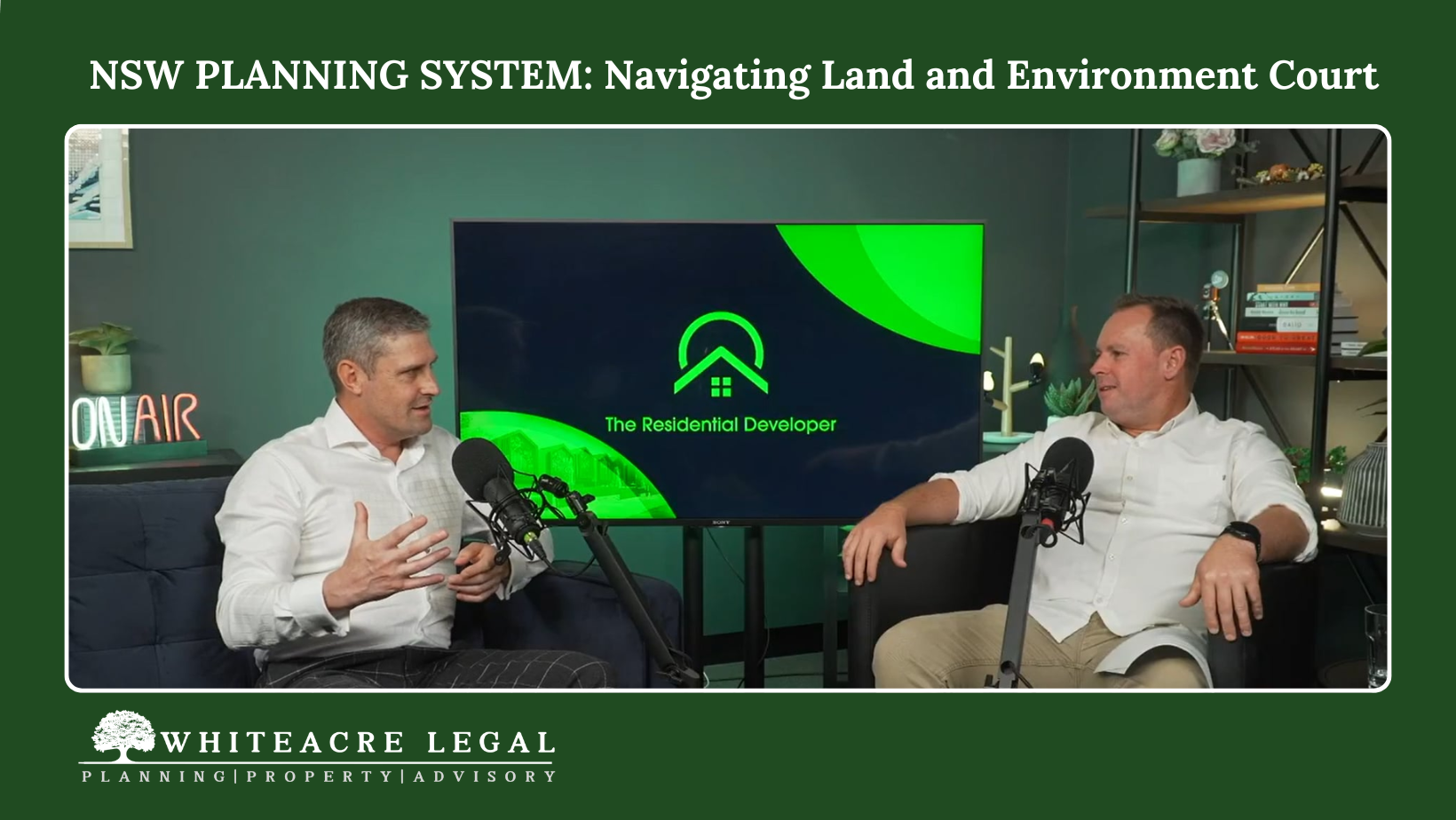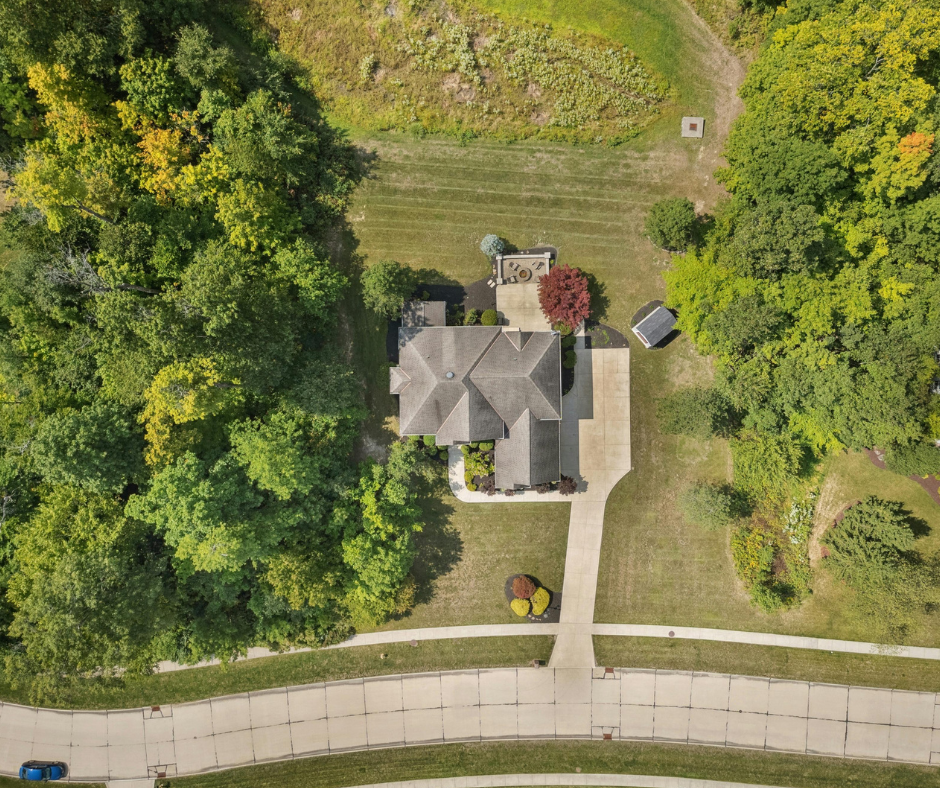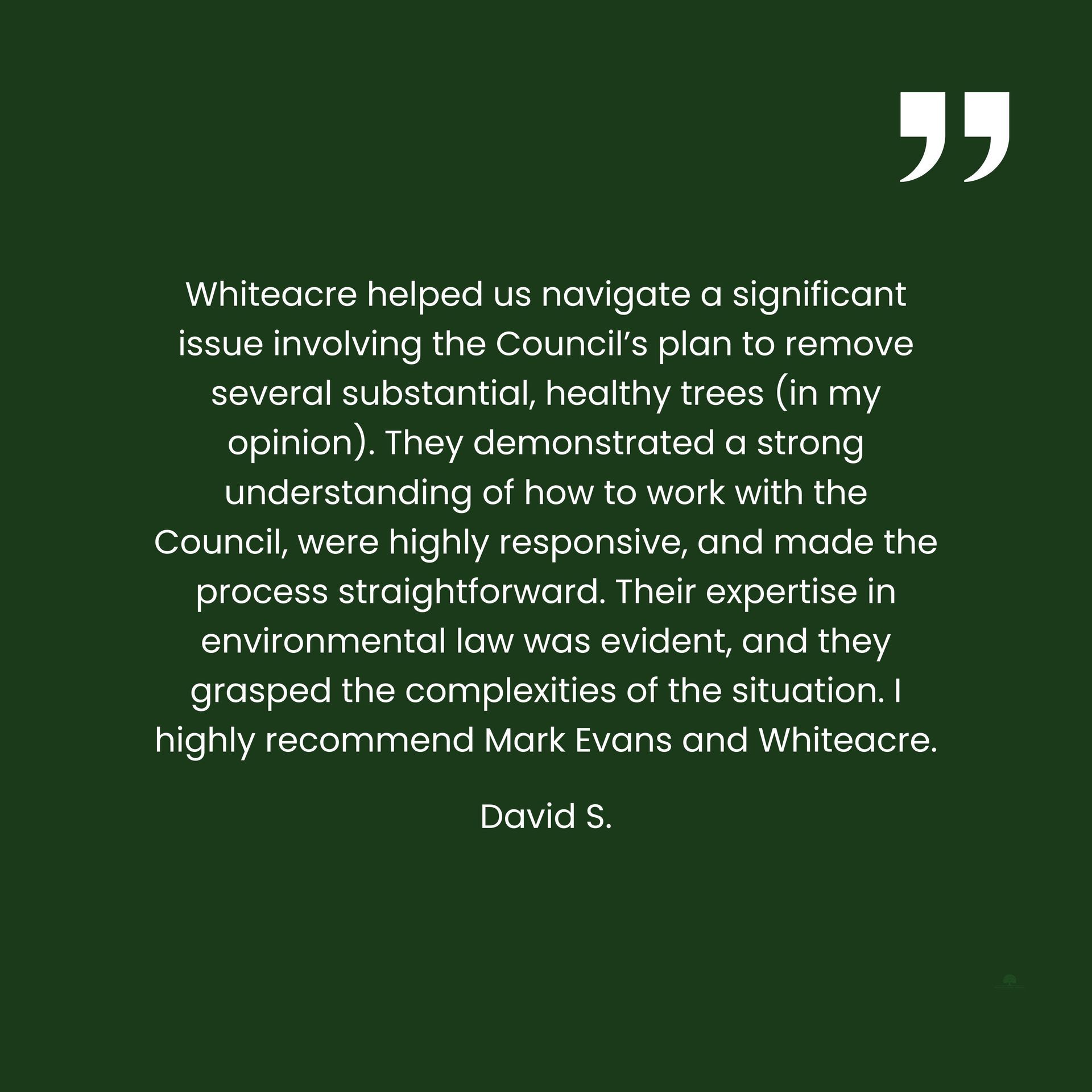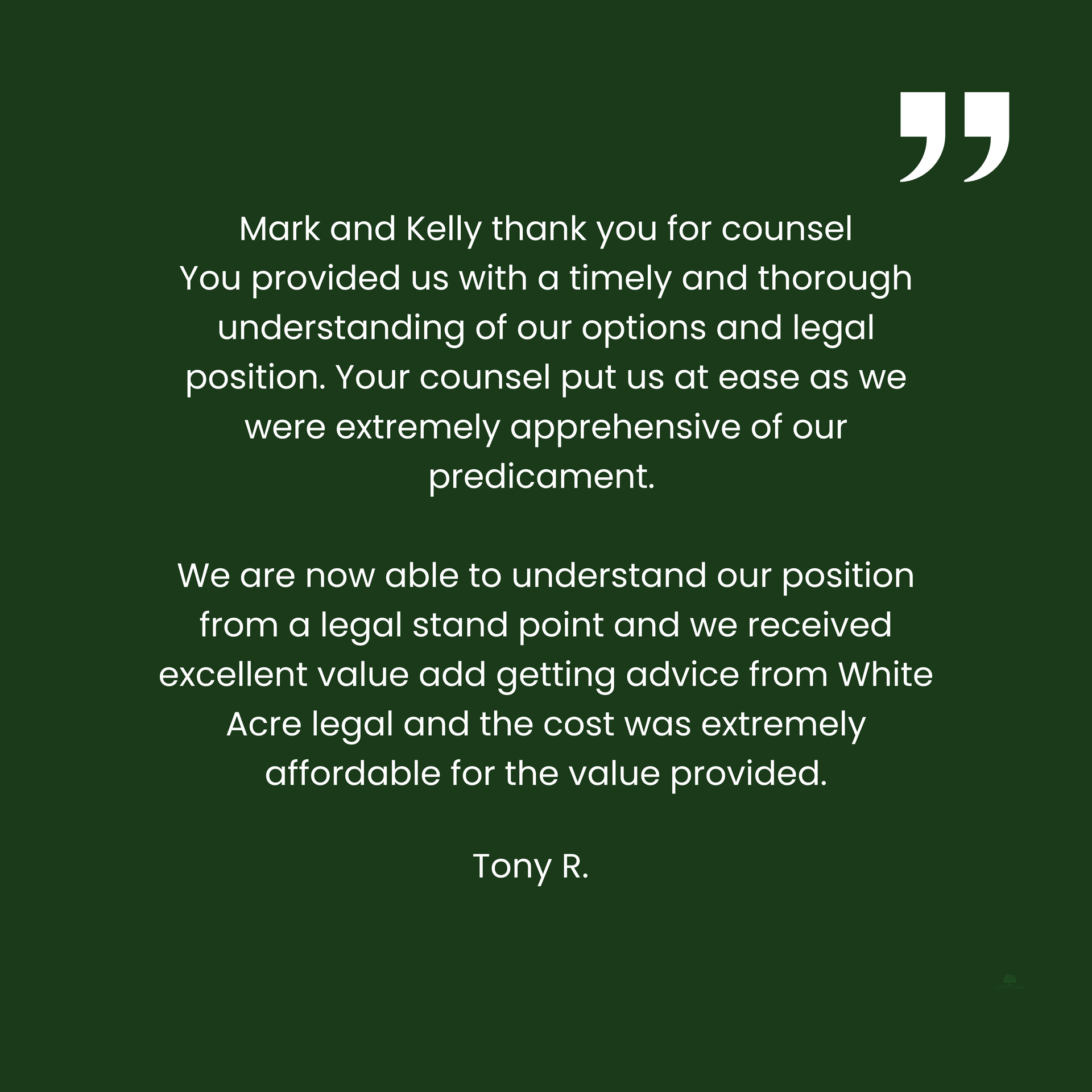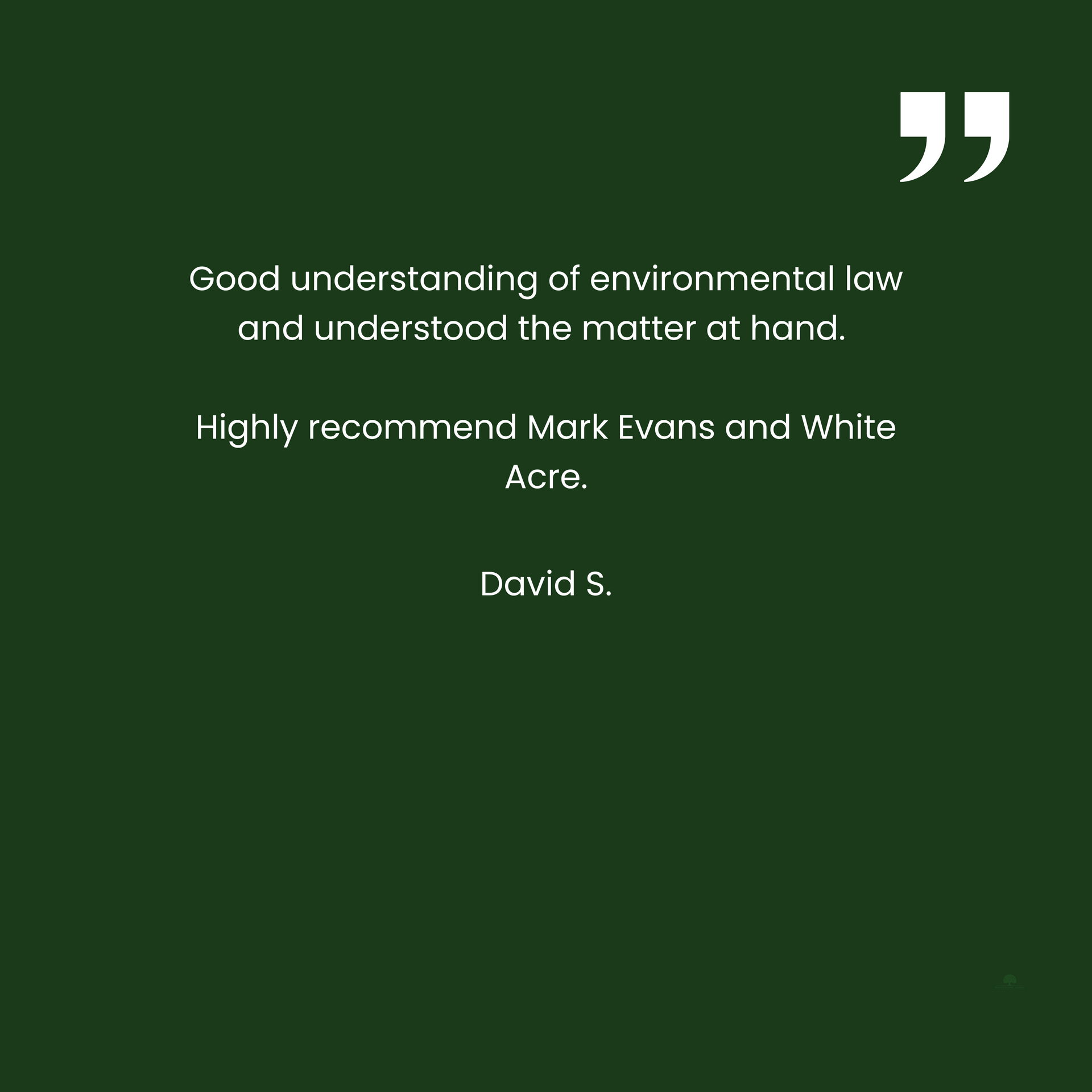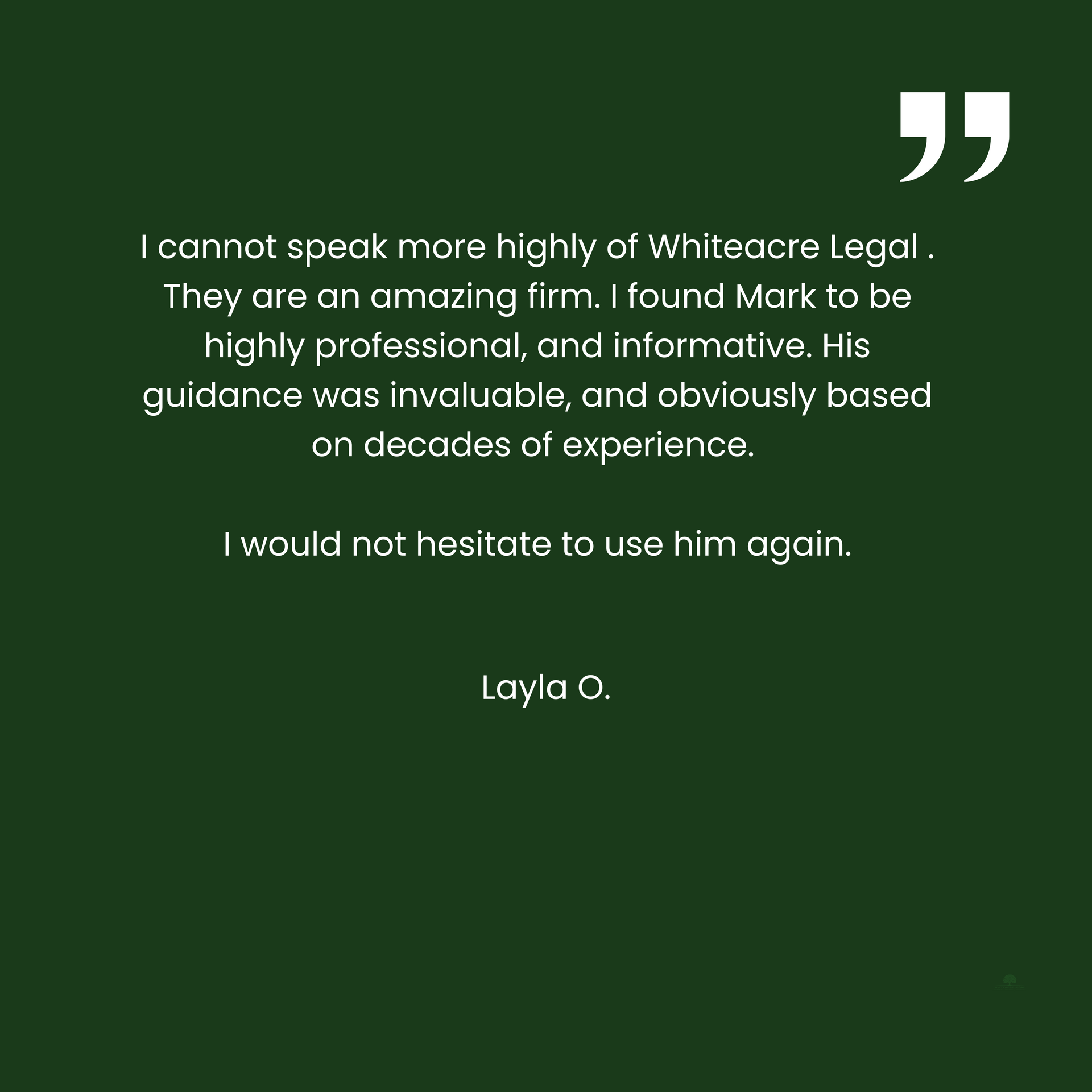When is a boundary realignment "minor" and therefore exempt development?
A boundary realignment must be "minor" to be exempt

Clause 2.75 of the State Environmental Planning Policy (Exempt and Complying Development Codes) 2008 (Codes SEPP) sets out a number of criteria a "boundary realignment" must meet to be exempt development for the purposes of the code.
Amongst other things, clause 2.75(b)(vi) requires that the realignment of boundaries in zones RU1, RU2, RU3, RU4, RU6, E1, E2, E3 or E4 must ‘not result in more than a minor change in the area of any lot’. In any other zone (for example R1 or R2) the realignment must not result in a change in the area of any lot of more than 10%.
What is a ‘realignment of boundaries’?
In McCabe & Others v Blue Mountains City Council [2006] NSWLEC 176 (McCabe), Jagot J was asked to consider the term ‘boundary adjustment’.
Under cl 2.75(b) of the Codes SEPP, the relevant terminology is a ‘realignment of boundaries’, not ‘boundary adjustment’ however, the principles from McCabe regarding a ‘boundary adjustment’ remain helpful.
In McCabe, Jagot J considered the meaning of the phrase ‘boundary adjustment’ and held at [56]:
"I do not accept that the “ordinary and grammatical meaning” of the phrase “… for a boundary adjustment” embraces any and all alterations of a boundary that make land suitable for an applicant's requirements. I consider that the primary meaning conveyed by the clause, construed in its immediate and more general context, accords with the notion of an alteration of a boundary by correction or regularisation, whether that correction or regularisation is to reflect actual conditions (such as physical features of the land or its zoning) or to achieve some other requirement or objective (for example, to render the use of land feasible or more practical)…"
[our emphasis]
‘Boundary adjustment’ implies a degree of ‘correction or regularisation’ of a boundary.
Jagot J also considered the purpose of allowing boundary adjustments as an exception to a prohibition on certain subdivisions, and stated:
"I infer that the purpose of the provisions is to prohibit subdivision of such land other than in the limited circumstances identified so as not to enlarge, materially or significantly, the overall development potential of such land. Construing cl 34.4(c)(i) so as to permit subdivision by way of any and all alterations of a boundary (whether or not the resulting lots bear any resemblance to the existing lots) provided that no additional lots are created, does not accord well with that purpose."
[our emphasis]
More recently, in Johnson v Coffs Harbour City Council [2018] NSWLEC 1094 (Johnson), Commissioner Gray considered the words ‘adjusting the boundary’ in cl 4.2D of the Coffs Harbour Local Environmental Plan 2013:
‘(3) Despite clause 4.1, development consent may be granted to subdivide land by adjusting the boundary between adjoining lots if one or more lots do not meet the minimum lot size shown on the Lot Size Map in relation to that land …’
[our emphasis]
The Commissioner at [25] found that the decisions of the Court in Ousley Pty Ltd v Warringah Shire Council [1999] NSWLEC 143 (Ousley) and McCabe set out the relevant principles on the question of whether an application constitutes an “adjustment” of the boundary between allotments.
Those principles are:
Ousley - the resulting parcels of land must bear some resemblance to the lots which existed before the subdivision (per Talbot J at [21]); and
McCabe – ‘boundary adjustment’ is limited to an alteration of a boundary by correction or regularisation, whether that correction or regularisation is to reflect actual conditions (such as physical features of the land or its zoning) or to achieve some other requirement or objective (for example, to render the use of land feasible or more practical) (per Jagot J at [56]).
The Commissioner applied Ousley and McCabe and held that the proposed subdivision was not an adjustment of the boundary between allotments for three reasons (at [45]-[47]):
One - the change to the boundaries was so significant that it could not be considered “adjusting”;
Two - the resulting lots would not bear sufficient resemblance to the existing lots; and
Three - the size of one of the lots (Lot 200) would be increased so significantly that it would be more than simply a slight or marginal adjustment to boundaries. Lot 200 would increase from comprising 6.6% of the total site area to 50% of the total site area.
Conclusion
Accordingly, a realignment of boundaries increasing the area of a lot by more than 10% in a residential zone will not satisfy the requirements of the Codes SEPP and will require development consent.
However, it is not so clear in rural and environmental zones (RU1, RU2, C3 etc). The principles from McCabe and Ousley (applied in Johnson) remain instructive and need to be applied on a case by case basis.
If you are considering a boundary adjustment, we suggest seeking competent planning or legal advice before commencing on the assumption that the adjustment is exempt development for the purposes of the Codes SEPP.
Require further assistance? please do not hesitate to call us on (02) 9145 0900 or make an enquiry below
Browse by categories

Servicing all of NSW, Whiteacre provides expert property law and planning and environment law advice and assistance.
✓ Planning Law Advice
✓ Land and Environment Court Appeals
✓ Voluntary Planning Agreements and Contributions
✓ Development Control Orders and Enforcement
✓ Property Development Advice and Due Diligence
✓ Title Structuring
✓ Easements and Covenants
✓
Strata and Community Title legislation
Book an initial consultation through our website with our planning law solicitor. Whether it's about planning and environment law or property law, you can approach us and discuss your matter to make sure we are a good fit for your requirements.





